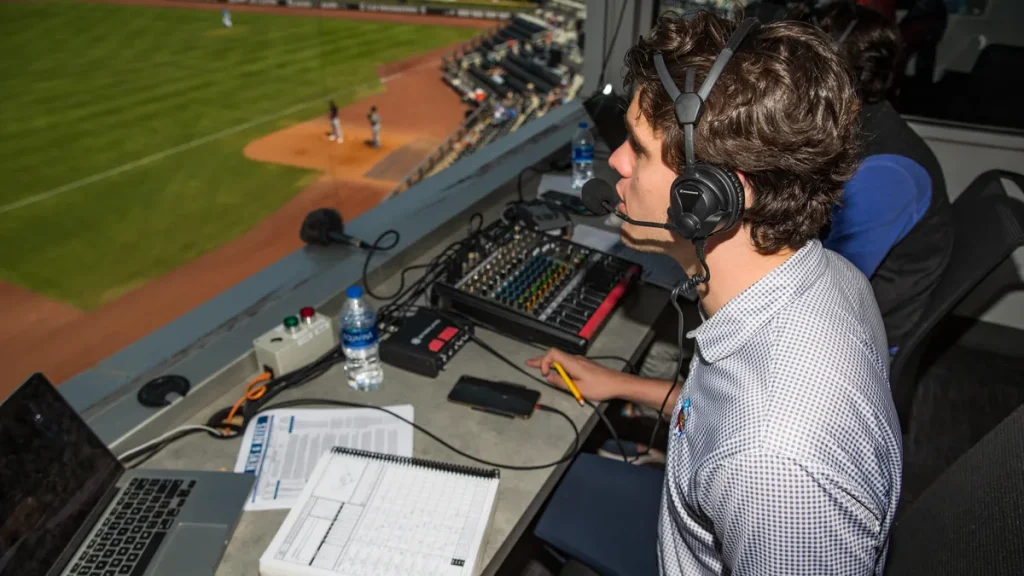Sports broadcasting are not just about bringing the game to your living room; it is a powerful force in shaping the very culture surrounding our favorite teams and athletes. From its early days to the current age of social media integration, broadcasting has woven itself into the fabric of fandom, fostering a sense of community, amplifying emotions, and even influencing the way the games themselves are played. In the past, radio broadcasts were the crackling hearth around which fan culture gathered. Voices like Red Barber or Howard Cosell painted vivid pictures, igniting imaginations and creating a shared experience for geographically dispersed fans. Television then revolutionized the experience, bringing the visual spectacle of the games right into our homes. Iconic plays became instantly recognizable through replays and commentator calls etched in memory. Broadcasters became storytellers, weaving narratives around players and teams, creating heroes and villains, and fostering emotional connections that transcended the physical distance from the stadium.

The rise of cable television and satellite broadcasts further expanded the sports universe. Niche channels dedicated to specific sports allowed fans to delve deeper, fostering a sense of expertise and a more nuanced understanding of the 레이저티비 game. Broadcasters themselves became celebrities, their personalities adding another layer to the fan experience. Think of the legendary rivalries between commentators like John Madden and Pat Summerall, or the infectious enthusiasm of personalities like Dick Vitale. These figures were not just voices; they were companions on the sporting journey. Today, the landscape is once again shifting. The explosion of social media has created a dynamic two-way street. Fans can now engage in real-time conversations, dissect plays with instant replays, and share their passion with a global audience. Broadcasters are no longer just delivering content; they are actively participating in the conversation, using social media to connect with viewers and gauge their reactions. This fosters a sense of community that transcends geographical boundaries, allowing fans to connect with others who share their love for the sport. The impact of sports broadcasting goes beyond simply shaping how we watch the games.
Broadcasters play a role in influencing the way the games are played themselves. Extensive analysis and instant replays have led to a more strategic approach, with teams meticulously dissecting opponents’ weaknesses. The pressure of the broadcast spotlight can also elevate the drama, pushing athletes to perform at their peak under the watchful eye of millions. However, the influence of broadcasting is not without its challenges. Broadcasters must strive for a balance, capturing the excitement and drama while also maintaining objectivity and respect for the sport. Looking ahead, the future of sports broadcasting promises even greater immersion and interactivity. Virtual reality experiences could place fans right in the heart of the action, while interactive broadcasts could allow viewers to personalize their experience and access real-time statistics. As technology evolves, one thing remains constant: sports broadcasting will continue to be a powerful force in shaping the way we experience and connect with the games we love. It is a force that brings communities together, ignites emotions, and leaves a lasting impact on the cultural tapestry of sports.
